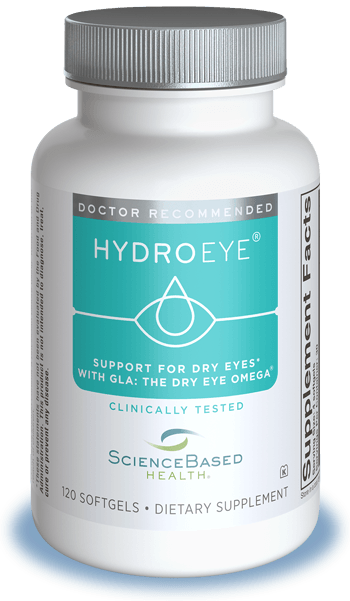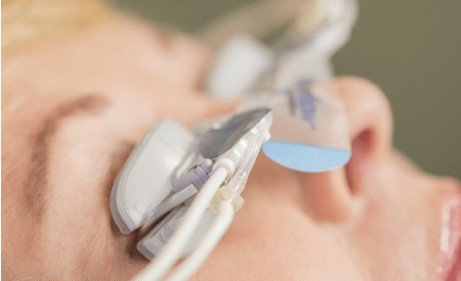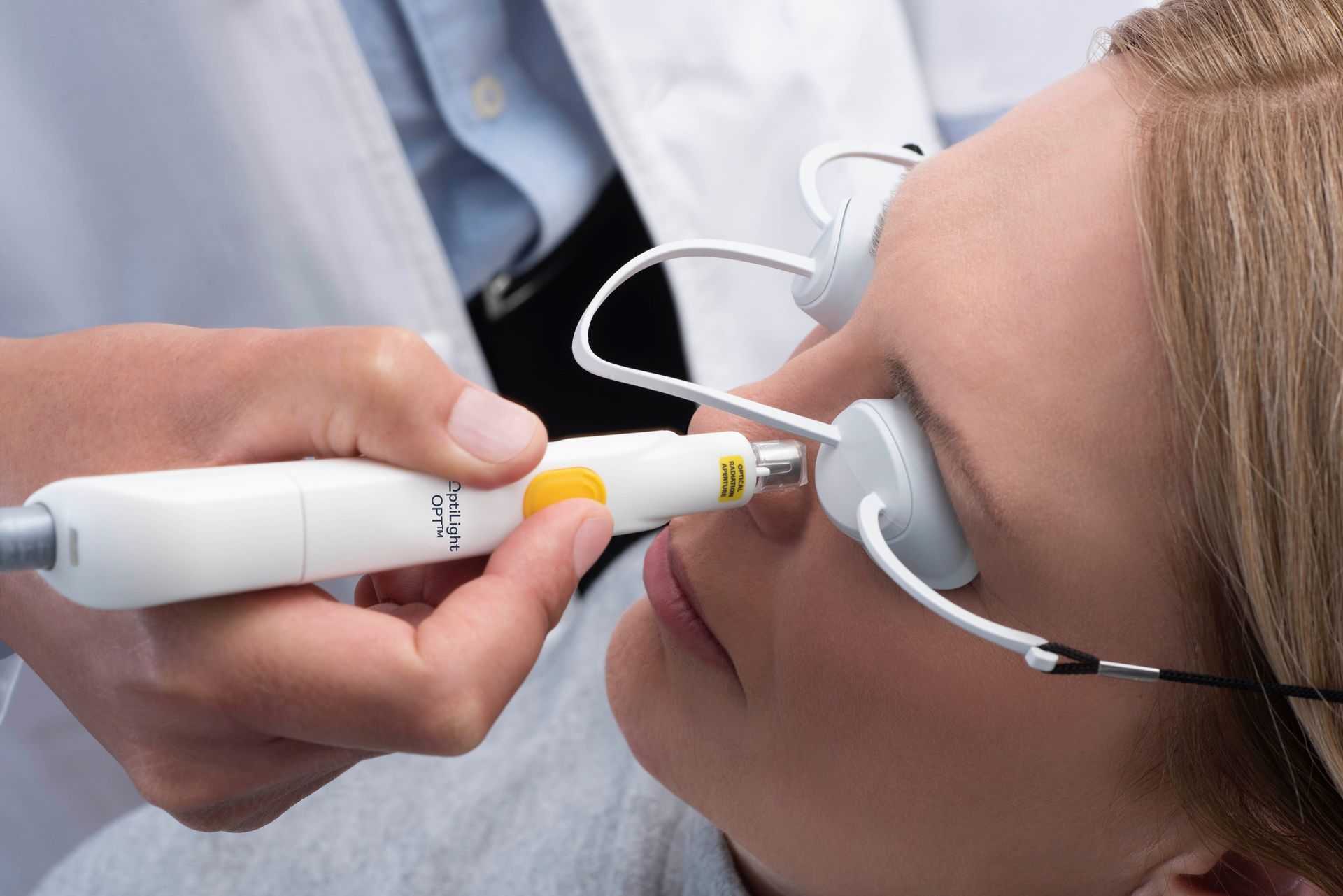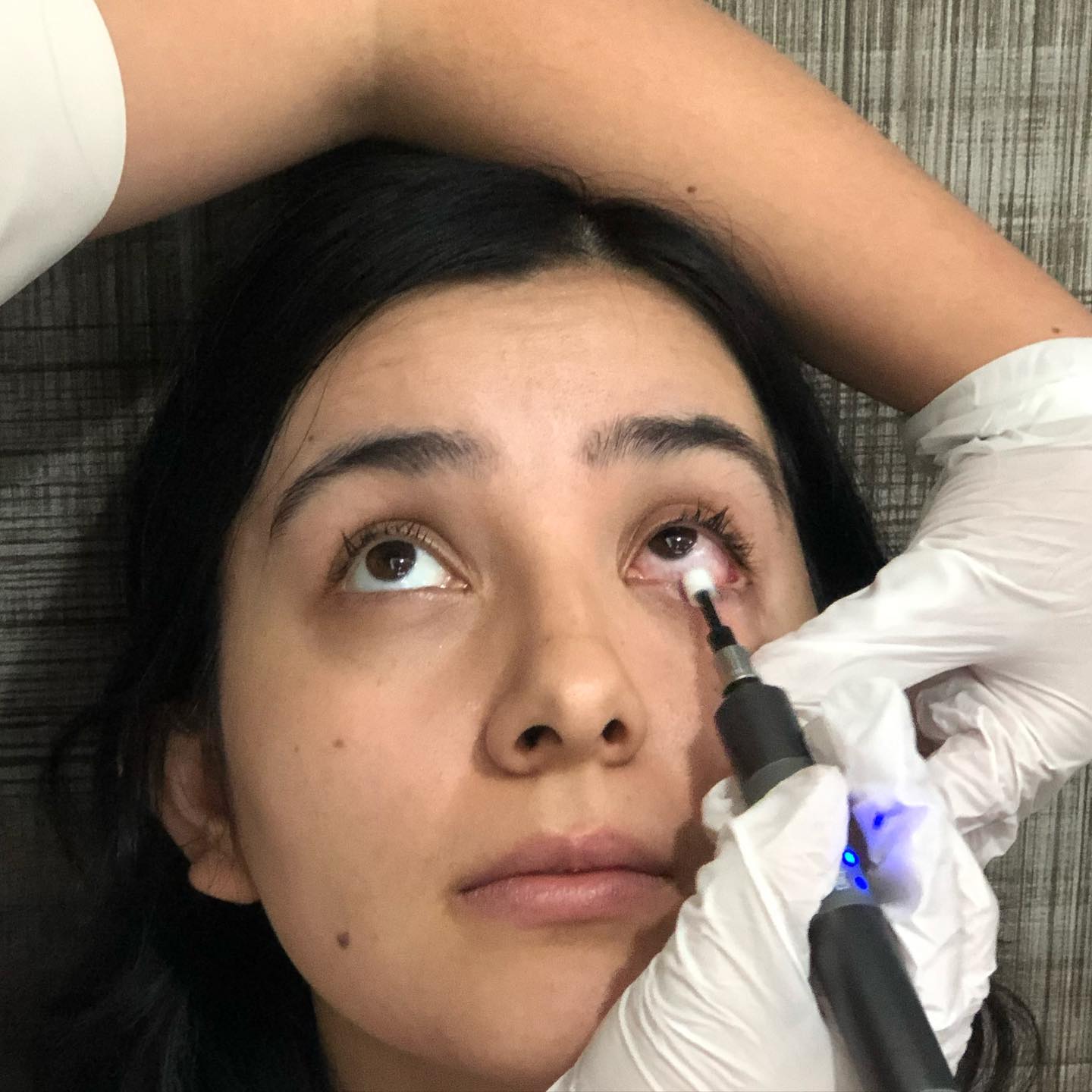WHAT IS DRY EYE DISEASE?
Our eyes need tears to stay healthy and comfortable. Dry eye disease is a common condition where your tears aren't sufficient to lubricate your eyes. Dry eye happens when your eyes don't make enough tears or when your eyes do not make the right type of tears or tear film. This can make your eyes feel uncomfortable, and in some cases it can also cause vision problems.
DO I HAVE
DRY EYES?
Dry eye disease used to be more common in older people and women; however, as our world has become more technologically driven, dry eyes can affect anyone.
Signs and symptoms of dry eye may include:
- A stinging, burning or scratch sensation in your eyes
- Sensitivity to light
- Eye redness
- A gritty sensation in the eye
- Difficulty wearing contact lenses
- Difficulty with nighttime driving
- Watery eyes
- Blurred vision or eye fatigue
- None of the above-many people who have dry eye disease don't experience any symptoms.
DRY EYE DISEASE RISK FACTORS
- Age. The majority of people over age 65 experience some symptoms of dry eyes.
- Gender. Women are more likely to develop dry eyes.
- Smoking
- Allergies
- Medications like antihistamines, decongestants, blood pressure medications and diuretics can decrease tear production.
- Autoimmune diseases such as rheumatoid arthritis or lupus.
- Environmental conditions-dry, windy and dusty conditions
- Prolonged computer use
- Long-term use of contact lenses
- LASIK or other types of refractive surgery can worsen dry eyes.
- Meibomian gland dysfunction
TREATMENT FOR DRY EYES
Dry eye syndrome is a chronic and usually progressive condition. Dry eye disease can have a number of causes, and a variety of treatments are used.
MILD DRY EYE
For patients with mild dry eye, some minor modifications to their environment may bring relief. According to the American Optometric Association a few steps you can take to reduce the symptoms of dry eyes are:
- Hydrate - be sure to drink 8 to 10 glasses of water every day
- Humidify - increasing the indoor humidity, especially in dry climates can help
- Reduce impact from sun and wind - if you spend time outdoors, using wraparound sunglasses can help protect your eyes
- Follow the 20/20/20 rule-For every 20 minutes spent using a screen; you should look at something that is 20 feet away from you for at least 20 seconds.
If you have tried these lifestyle modifications without success or have more severe dry eye symptoms the following treatments may be right for you.
While many people suffer from dry eyes, there can be many causes and it is best to get a professional dry eye exam to determine which treatment will work best for you. Blake Bush Family Eye Care offers comprehensive dry eye treatment options. Schedule your dry eye exam today (580)223-7333 or use our online scheduler.








